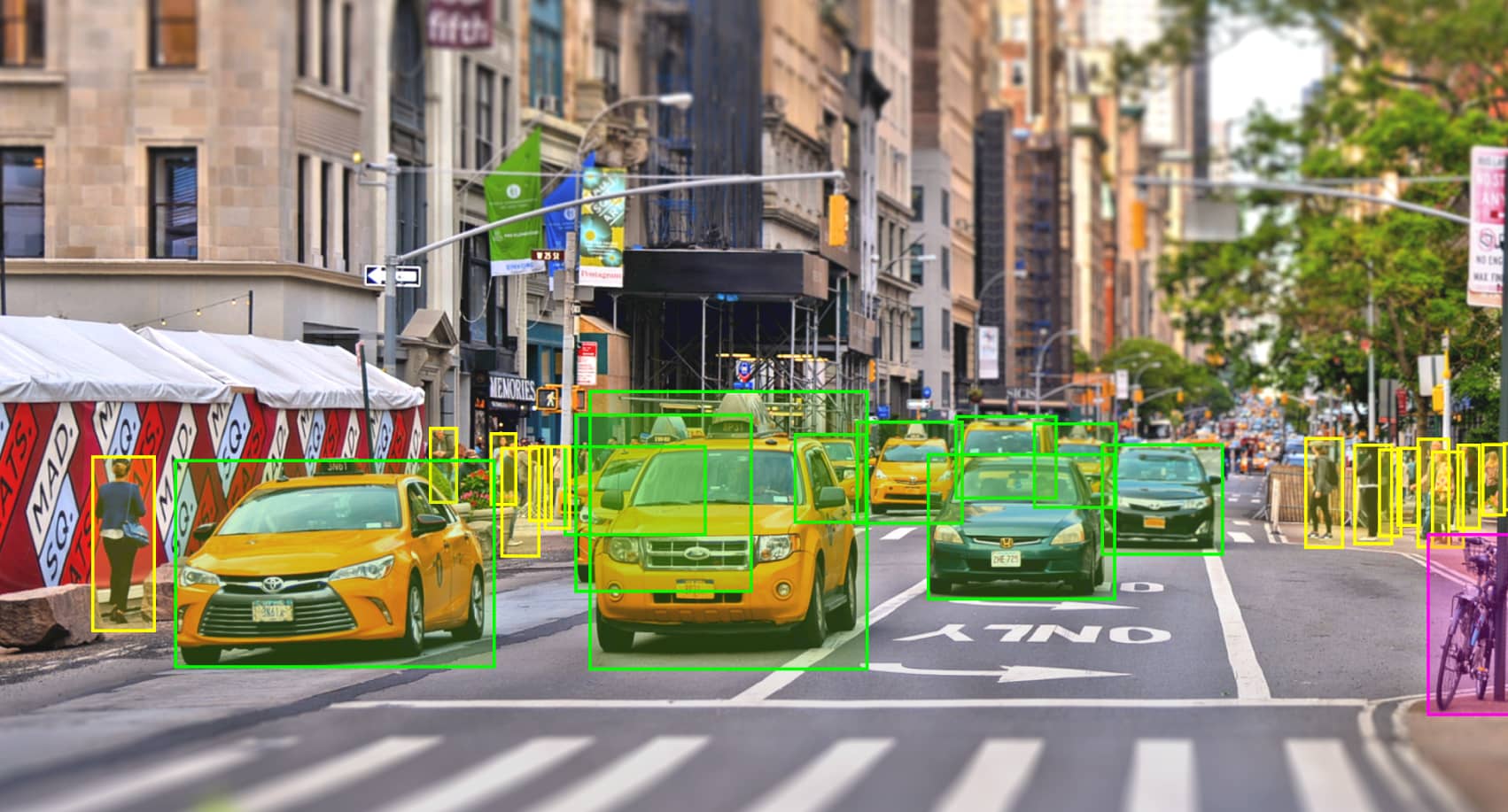In the current data-driven world companies across all industries depend on the capabilities of artificial intelligence (AI) as well as machine learning (ML) to discover useful insights from massive amounts of data. Image annotation is a crucial computer vision technique that plays an crucial role in making visual data understandable. In this article, we will explore the worlds of image analysis and explore the significance of software, tools and solutions to support data-driven decision-making.

Image annotation is the act of labeling or tagging images with metadata, allowing computers to interpret and comprehend visual data accurately. Image annotation allows models using ML to identify patterns, objects and attributes in images by introducing annotations, such as bounding boxes or polygons. This process bridges between raw image data, and real-time insights. This opens the door to applications in many domains including autonomous vehicles and medical imaging.
In order to simplify the image annotation process, a wide array of annotation tools has been developed. These tools come with intuitive interfaces that allow users to easily mark objects or images that are of importance. They provide a range of annotation options, as well as customizable options to meet various data requirements. Image annotation tools are many tools, from basic drawing tools to automatic suggestions as well as advanced recognition of shapes. They can improve the accuracy and effectiveness of annotation and allow annotators to be productive and efficient.
Image annotation tools takes the annotation process to the next level by incorporating automation and collaboration features. The software applications use ML algorithms to automate the annotation process, reducing manual effort and increasing annotation speed. Annotation software is able to help speed up the labeling process by employing techniques such as active learning as well as transfer learning.
Annotation software can also facilitate collaboration between multiple annotations. This allows teams to work seamlessly together. It provides real-time annotation synchronization and commenting features to ensure smooth communication. This collaborative approach not only improves the quality of annotations, but also encourages sharing of knowledge and helps ensure uniformity between annotations.
When selecting an image annotation software there are many aspects to think about. In the first place, it needs to be aligned with the specific specifications of the project. This includes the different types of annotation (e.g. keypoints and polygons) as well as the complexity of labeling tasks, and the ability to scale.
Secondly, the flexibility and adaptability of the system are essential. An efficient annotation system should be able to customise annotation workflows and integrate with existing data management software. Additionally, it should be compatible with various formats for data. This flexibility allows the annotation software to integrate seamlessly into existing workflows.
Thirdly, it is crucial to evaluate the quality of annotations the software produces. Quality control mechanisms are used by reliable software for image annotation to ensure consistent and accurate labeling. This could be done through checking the agreement between annotators, annotation validation, and constant feedback loops between annotators and reviewers.
The benefits of annotating images extends beyond the annotation process. By leveraging image annotation tools and software businesses can enhance the value of their data in a variety of ways. Accurate annotations are essential for the creation and training of ML models with greater accuracy and reliability. These models can be utilized to solve various problems, such as the classification of images, recognition of objects and anomaly detection.
Image annotation can also aid in the use of data in decision-making by providing rich, meaningful information from the visual data. For instance, in the field of healthcare, annotated medical images aid in diagnosing illness, identifying abnormalities, and planning treatments. Images are often used to make annotations in e-commerce for support of features like image search as well as visual merchandising and product recommendations systems.
Image annotation, when combined with data science has revolutionized the way we work. It’s an effective tool that unlocks a wealth of data. It can speed up the analysis of data, find the hidden connections, and provide instantaneous insights. By using image annotation, companies can streamline their processes, get to market faster, reduce costs and gain a competitive advantage. In consideration of the capacity of images to visualize concepts that are easier to understand than abstract figures appropriately annotated images improve the accessibility of data and the accessibility of stakeholders throughout any company. Annotating images can be a powerful tool to transform information into actionable insights and enhance its value any kind of application.
Leave a Reply